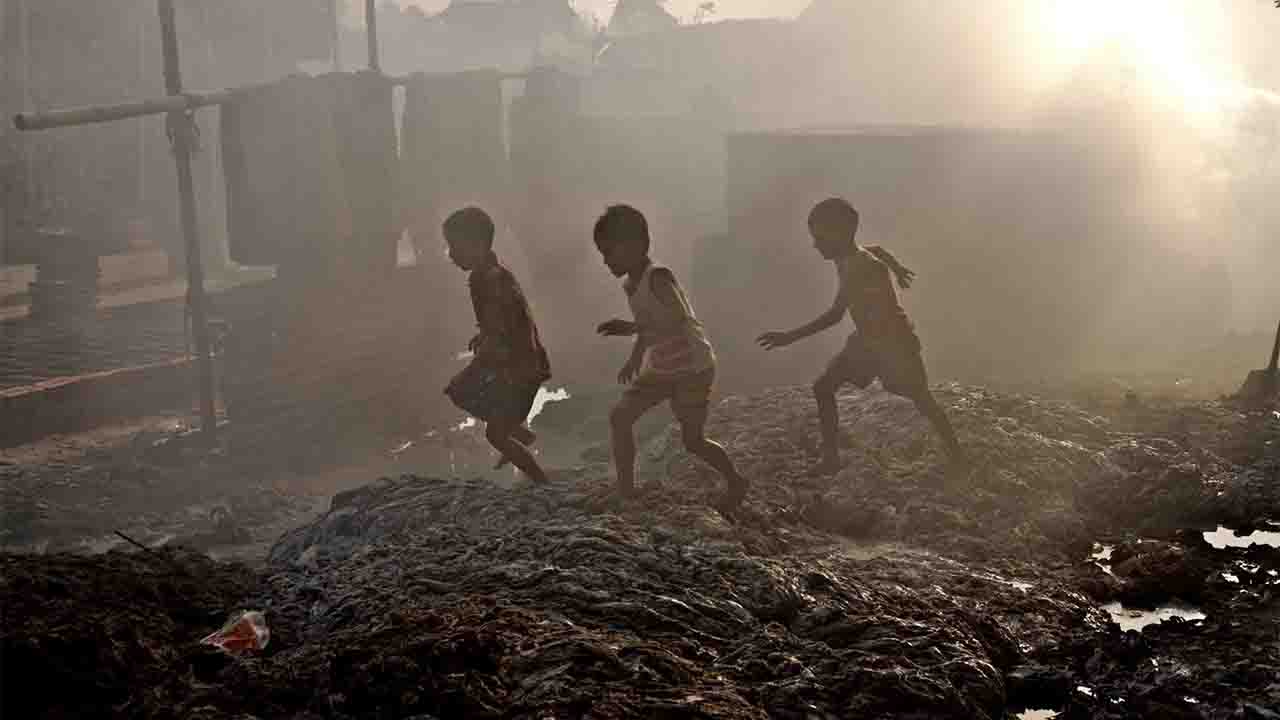Poverty and the environment are two interconnected issues that have a disastrous link. Poverty, in many cases, leads to environmental degradation, which in turn exacerbates poverty. One of the main reasons for the link between poverty and the environment is that impoverished people often lack access to the resources and infrastructure necessary to protect their environment. For example, many people in poverty-stricken areas lack access to clean water and sanitation, which can lead to contamination and pollution of water sources. This can, in turn, lead to the spread of waterborne diseases and health problems. Additionally, poverty often leads to unsustainable practices, such as deforestation and overfishing, as people struggle to meet their basic needs. These practices can have long-term environmental consequences, such as soil erosion, loss of biodiversity, and climate change. Furthermore, environmental disasters often disproportionately affect impoverished communities. These disasters can have devastating consequences on people’s health, livelihoods, and homes, and can push people further into poverty. For example, natural disasters such as floods and hurricanes can destroy crops and infrastructure, leading to food shortages and economic instability.
The disastrous link between poverty and the environment also affects future generations. Children growing up in impoverished areas with environmental degradation may suffer from developmental delays, respiratory problems, and other health issues due to exposure to pollution and toxins. However, there are solutions to address the link between poverty and the environment. One of the most effective solutions is to invest in sustainable development practices that prioritize the needs of both people and the planet. This includes initiatives such as renewable energy, sustainable agriculture, and the conservation of natural resources. In addition, addressing poverty through education, healthcare, and economic opportunities can help to reduce unsustainable practices and promote a more sustainable future. By providing access to resources and infrastructure, impoverished communities can better protect their environment and improve their quality of life. It’s important to note that the disastrous link between poverty and the environment is not just a local issue, but a global one. Developing countries, which are often the most impoverished, are often the most vulnerable to the impacts of environmental degradation, climate change, and natural disasters. In many cases, impoverished communities have few options for earning a livelihood other than exploiting natural resources. For example, fishing communities may overfish in order to meet their basic needs, while farmers may engage in unsustainable practices such as slash-and-burn agriculture. These practices can have devastating long-term consequences on the environment and perpetuate the cycle of poverty.
Furthermore, the effects of environmental degradation often fall disproportionately on women and children in impoverished communities. Women and girls are often responsible for collecting water and firewood, which can be dangerous and time-consuming tasks in areas where resources are scarce. This can limit their access to education and economic opportunities, perpetuating the cycle of poverty. In addition to investing in sustainable development practices, addressing the link between poverty and the environment also requires policies that address the root causes of poverty, such as inequality and social injustice. By promoting greater economic and social inclusion, governments can help to reduce poverty and improve access to resources and infrastructure necessary to protect the environment.
Finally, it’s important to recognize that the disastrous link between poverty and the environment is not inevitable. There are many examples of communities around the world that have successfully implemented sustainable practices that protect the environment and promote economic development. By sharing best practices and investing in sustainable development, we can create a more equitable and sustainable future for all. In conclusion, the link between poverty and the environment is disastrous, with poverty often leading to environmental degradation and environmental problems exacerbating poverty. Addressing this link requires a holistic approach that prioritizes sustainable development practices, poverty reduction, and community empowerment. By addressing these issues, we can create a more equitable and sustainable future for all.








